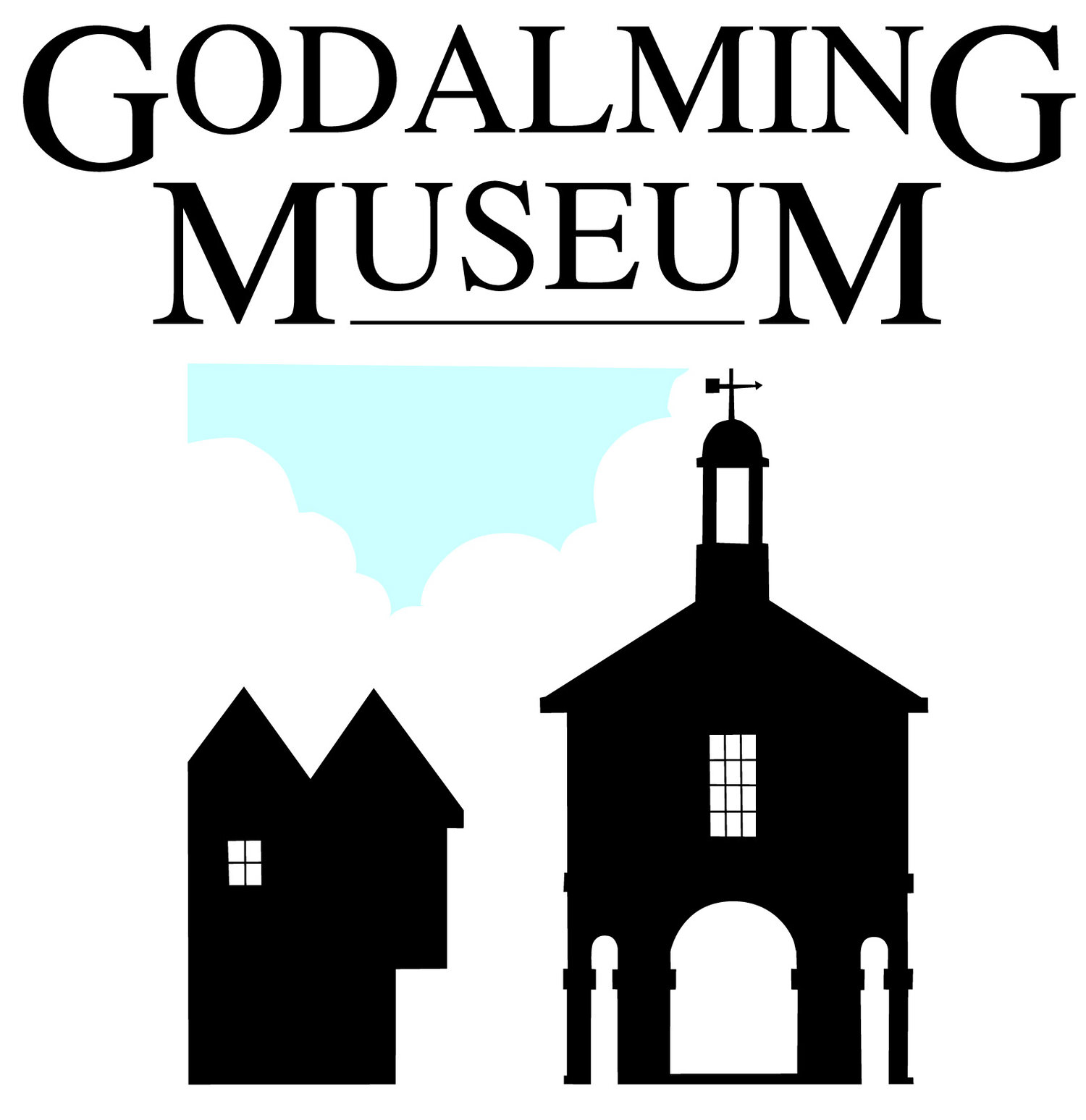The Pepperpot: a short history
Godalming old town hall called the Pepperpot by the people of Godalming, due to its similarity to a Georgian silver pepperbox, was built in 1814 as a replacement for a ‘ruinous’ four hundred year old structure.
The old timber-framed building was the political centre of Godalming with council chamber, market place and the location of the parish pump to provide the town with clean water. Also it was the town lock-up, not only holding our local miscreants, but at least once used for prisoners of war. After the Belle Isle expedition of 1761 no less than 98 French prisoners were lodged there by George Beauclerk, Colonel of the 19th Regiment of Foot. Amongst the expenses for that episode was 3 shillings to provide beer of the prisoners.
Godalming Market House
Mounted formalised etching of Godalming Market House, the Tudor building replaced in 1814 by the Pepperpot, drawn some time during the 18th century but after restoration from the fire of 1710.
raised by public subscription to replace the building. Added to that was the £81-19s-6d from the sale of the old buildings useful fixtures and fittings. The new market house, our Pepperpot, was built to the design of local architect John Perry, who was resident at The Square in the High Street. The clock from the old building was sold in 1813 for £3 to be replaced by one made by local clockmaker Mr Steadman, who had his workshop in the Mint.
The Pepperpot now erected was used as a council chamber, court house, a place for royal and official announcements, it was still the place to hold markets under its arches, and as now the pump stood alongside. During the nineteenth century the nature of the council changed and the last Court Baron took place in 1892. In 1908 the council also moved out to the newly-built Borough Hall, which provided the council with a great deal more space.
The Pepperpot, 1911
Mounted black and white photograph of the High Street, near Old Town Hall (Pepperpot), decorated and with a posed crowd probably for Coronation of King George V, 1911. The White Hart on the left of the picture is offering cyclists' luncheons, dinners and teas
Around the turn of the century the Pepperpot came under a number of threats of demolition. To celebrate Queen Victoria’s Diamond Jubilee in 1897 it was suggested knocking it down and building a replacement. In 1908 and 1913 road improvement schemes almost took it away. One of the most vocal of campaigners to get rid of the Pepperpot was Mr Craddock who had his printing works in Town Hall Passage just on the north side of the building; he said it hid his business from potential customers in the High Street,
Nevertheless it was saved for the people of Godalming. Gertrude Jekyll expressed her liking of the Pepperpot as follows, “Perhaps it is not exactly beautiful, but its slender-pillared little clock tower and copper sheathed cupola are distinctly good and I believe it to be the latest building in Godalming that has that precious quality of character - a thing that can scarcely be defined but that is most clearly perceptible to all who have sympathy with the history of the place as shown in its architectural expression.”
The Museum in the Pepperpot, 1968
Black and white photograph of a school visit to Godalming Local History Museum, in the Old Town Hall (Pepperpot), by St Paul's School, Thames Ditton, headmaster, Mr Wyatt, 27th June, 1968
With the council vacating the Pepperpot in 1908 the upper chamber became the town museum, where it remained until 1987 when the museum found a new and larger home at 109a High Street just across the road. Besides being the town museum the Pepperpot had during the twentieth century continued to be a meeting place and still the site for official proclamations. The downstairs was walled in and used for many years as a public convenience and also a place to await the omnibuses of the Aldershot and District Traction Company. In 1975 the building was fully renovated and has since provided a meeting point, the room upstairs may be hired for events. It will continue to be the much-loved ‘trade mark’ of our town.



